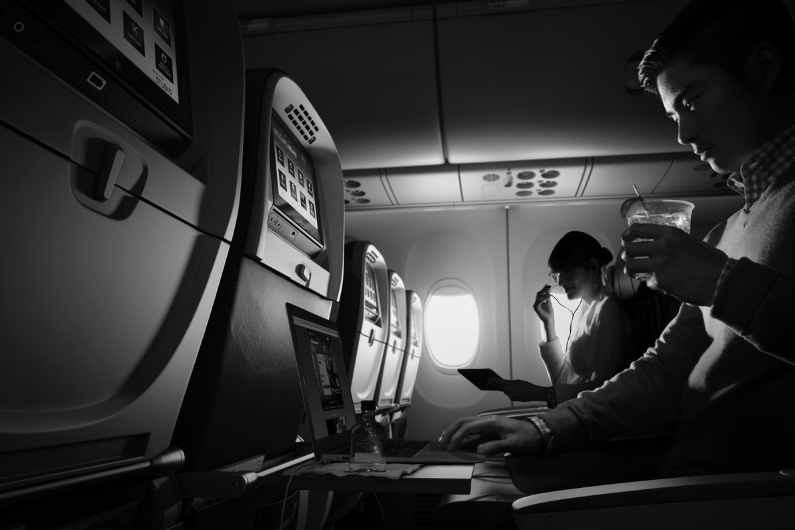In a widely syndicated Associated Press article, Delta’s new CEO, Ed Bastian, calls on travel consumers to focus less on price and more on service and reliability. That’s at once a hope, a call to action, and the cornerstone of Delta’s current business plan.
So far, that plan seems to be succeeding. The airline has reconfigured its loyalty program to be a non-factor for all but the most frequent travelers. And it price-matches only grudgingly, and very selectively. (Bastian boasts that today, Delta charges 110 cents for every dollar charged by competitors, versus 90 cents a decade ago. No doubt he’d like to further increase that premium.)
The airline’s focus is on excelling on such operational metrics as on-time performance and mishandled bags, and offering a dependably solid, if unexceptional, inflight product. It’s a mash-up of Apple’s premium pricing and McDonald’s rock-solid dependability.
Judging from Delta’s stock performance, Wall Street approves. And judging by anecdotal evidence, travelers are mostly satisfied as well, if not thrilled.
Is it a sustainable recipe for success? Maybe. The question raised, of course, is what factors matter to travel consumers, and in what proportions?
Historically, price has been considered the primary determinant, followed closely by schedule. Frequent-flyer programs were once a difference-maker, but are increasingly irrelevant as spend-based programs become the new industry standard. And while flyers pay lip service to such niceties as legroom and inflight service, they don’t appear to move the needle much, as the popularity of such comfort-less operators as Spirit and Ryanair goes to show.
Delta has reimagined the hierarchy of travelers’ wants and needs, replacing price with a combination of factors best described in aggregate as the flight experience. That sounds reasonable, and it seems to be working so far. But consumers are a flighty lot. Underestimating their sensitivity to price could be the unraveling of Delta’s success.
Reader Reality Check
What are the primary factors influencing your choice of airlines?
After 20 years working in the travel industry, and almost that long writing about it, Tim Winship knows a thing or two about travel. Follow him on Twitter @twinship.
This article first appeared on SmarterTravel.com, where Tim is Editor-at-Large.


to DL’s credit certainly among AA and UA, they’re industry leader in operational metrics, and that has translated into premium revenue offerings. Even i reluctantly admit their C+ product is innovative insofar they have rolled it out so broadly, and thrown in a snack/drink product that suggests service with improved leg rooms and earlier boarding. UA & AA are following DL to catch up.
Now, in the next recession when the consumer gets more gun shy on premium pricing, think DL again should be well positioned to dial it back, as pricing is the quickest component of an operation that can be changed.